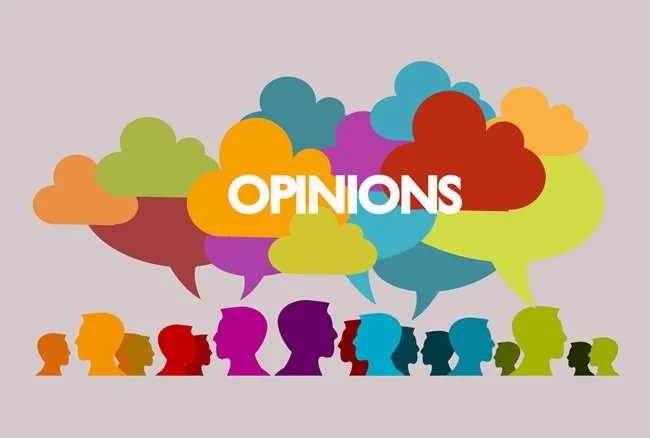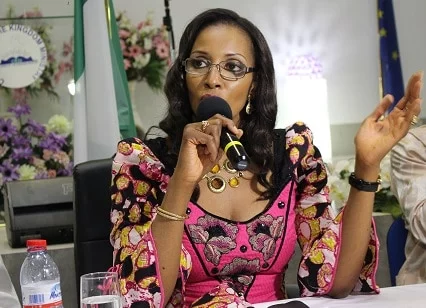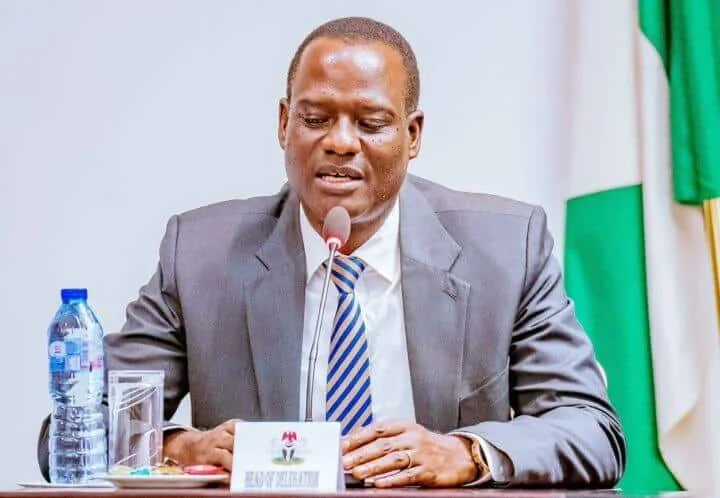Nigeria’s total public debt has surged to ₦149.3 trillion as of March 31, 2025, marking a new record high in the country’s borrowing history. This latest figure reflects a steep increase from the ₦144.6 trillion reported at the close of December 2024, signaling an additional ₦4.7 trillion in just three months.
This consistent upward trend points to the country’s growing dependence on loans, despite previous assurances from the Federal Government that borrowing would be curbed in favor of revenue generation and fiscal discipline.
Domestic Borrowing Drives Growth
A closer analysis of the data reveals that the bulk of the increase came from domestic borrowing. Nigeria’s domestic debt jumped by ₦4.4 trillion within the first quarter of 2025, rising from ₦74.3 trillion in December 2024 to ₦78.7 trillion by the end of March.
This pattern underscores the government’s ongoing reliance on local sources to finance public expenditure, even as it faces mounting concerns about the sustainability of such borrowing practices.
Foreign Debt Also on the Rise
In addition to domestic debt, external debt also climbed during the same period. The country’s foreign debt increased from ₦70.28 trillion in December 2024 to ₦70.63 trillion in March 2025—an uptick of ₦350 billion.
Although smaller than the domestic debt increase, this rise reflects the dual pressure of new borrowing and currency devaluation, as the naira continues to weaken against major international currencies. With a depreciating currency, even unchanged dollar-denominated loans weigh heavier on Nigeria’s balance sheet.
Steady Growth in Total Debt Over Time
Nigeria’s total public debt has steadily grown over the past year. The debt level stood at ₦142 trillion in September 2024, then climbed to ₦144.6 trillion by December 2024, and further reached ₦149.3 trillion by the end of March 2025.
Looking further back, the country owed ₦134.2 trillion in June 2024. At that time, domestic debt was ₦71.2 trillion, while external obligations amounted to ₦63 trillion. Between June 2024 and March 2025, Nigeria added more than ₦15 trillion to its debt profile—a worrying development for analysts monitoring the country’s fiscal health.
Breakdown by Government Levels
The figures also indicate how the debt burden is distributed between federal and sub-national governments. As of September 2024, the Federal Government accounted for ₦69.2 trillion of the domestic debt, while the 36 states and the Federal Capital Territory collectively owed ₦4.2 trillion.
This division suggests that the central government remains the dominant borrower, accumulating more than 90% of domestic loans. It also reflects the limitations of sub-national revenue generation, with many states relying heavily on federal allocations rather than independent income streams.
Contradicting Government Assurances
The debt escalation contradicts earlier commitments by President Bola Ahmed Tinubu to break Nigeria’s cycle of overreliance on borrowing. During the inauguration of the Presidential Committee on Tax Reforms in August 2023, the President pledged to reduce the country’s dependence on debt to fund government operations.
At the time, he stated his intention to increase internally generated revenue and ensure fiscal responsibility. His remarks, published on the State House website, emphasized a “resolute commitment to break the vicious cycle of overreliance on borrowing for public spending, and the resulting burden of debt servicing it places on the management of Nigeria’s limited government revenues.”
However, the debt trend since then has gone in the opposite direction, raising concerns over the effectiveness of the administration’s fiscal reform plans.
Fiscal Pressures Fuel the Borrowing Trend
Several key factors continue to drive the country’s borrowing trajectory. Firstly, Nigeria’s revenue generation remains weak compared to its spending needs. Oil revenues, though significant, are unstable due to global market fluctuations, sabotage in the Niger Delta, and operational inefficiencies.
Secondly, the country’s tax base is still narrow, with many individuals and businesses operating outside the formal tax net. While the government has initiated reforms aimed at expanding tax compliance, progress remains slow.
Additionally, subsidy payments, security challenges, infrastructure gaps, and social welfare programmes have all placed additional strain on government finances. These pressures leave borrowing as the most accessible short-term solution to close funding gaps.
Debt Servicing Burden Worsens
With growing debt comes higher debt servicing costs. As of 2024, Nigeria was already spending a large portion of its revenue on interest payments and loan repayments. In fact, in some quarters of 2023 and 2024, debt servicing consumed over 90% of the Federal Government’s revenue, leaving limited funds for capital projects or social services.
This situation poses a significant risk to national development goals, as resources that could fund education, health, infrastructure, or job creation are instead diverted to settle debt obligations.
Economic Implications of the Debt Surge
The implications of Nigeria’s rising public debt are far-reaching. In the short term, it could impact investor confidence, especially if the government appears unable to rein in borrowing or grow revenue significantly. Credit rating agencies often flag high debt-to-GDP ratios as red flags, which could lead to higher borrowing costs in the future.
In the medium to long term, unchecked debt accumulation may constrain the country’s fiscal flexibility. If debt becomes unsustainable, the country may face difficulties refinancing maturing obligations, potentially leading to a debt crisis.
Moreover, excessive domestic borrowing crowds out private sector access to credit. When government securities become too attractive to banks, fewer funds are available for private businesses seeking loans to expand and create jobs.
Need for a More Balanced Approach
While borrowing can be a useful tool for development, it must be backed by a solid repayment plan and targeted investments that yield long-term economic benefits. Experts have called on the Federal Government to focus more on raising non-oil revenue through taxation, customs reforms, and the digital economy.
Investments in productive sectors such as manufacturing, agriculture, and renewable energy can help grow the economy and increase the government’s revenue base over time, reducing the need for excessive borrowing.
Lessons from Past Administrations
Nigeria’s current debt levels mirror concerns that date back to the early 2000s. At that time, the country’s debt had become so unsustainable that it led to a debt relief campaign. By 2005, the Paris Club of creditors agreed to forgive $18 billion in debt, helping Nigeria slash its foreign obligations.
However, two decades later, many observers worry that the country is gradually returning to those troubling levels, albeit through a different mix of domestic and external debt instruments.
The Way Forward
For Nigeria to escape the trap of unsustainable borrowing, it must adopt a more disciplined and transparent fiscal strategy. This includes:
-
Reducing wasteful spending across all tiers of government.
-
Expanding the tax base through technology and compliance enforcement.
-
Prioritizing loans that finance projects with measurable economic returns.
-
Strengthening public debt management institutions for accountability and planning.
Ultimately, restoring confidence in public finances will require a shift from rhetoric to action. Nigerians are watching closely to see whether the government will truly turn the tide, or continue down a path that many fear could jeopardize the country’s economic stability.












